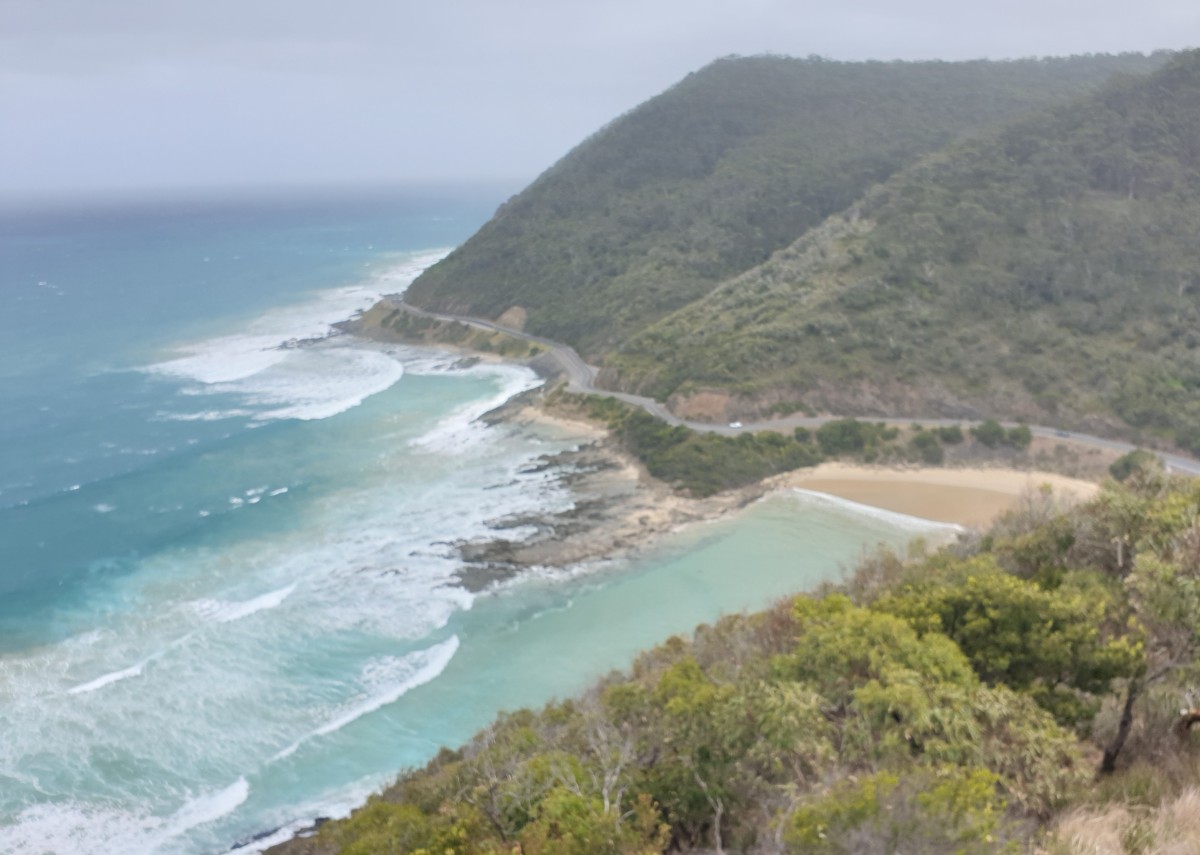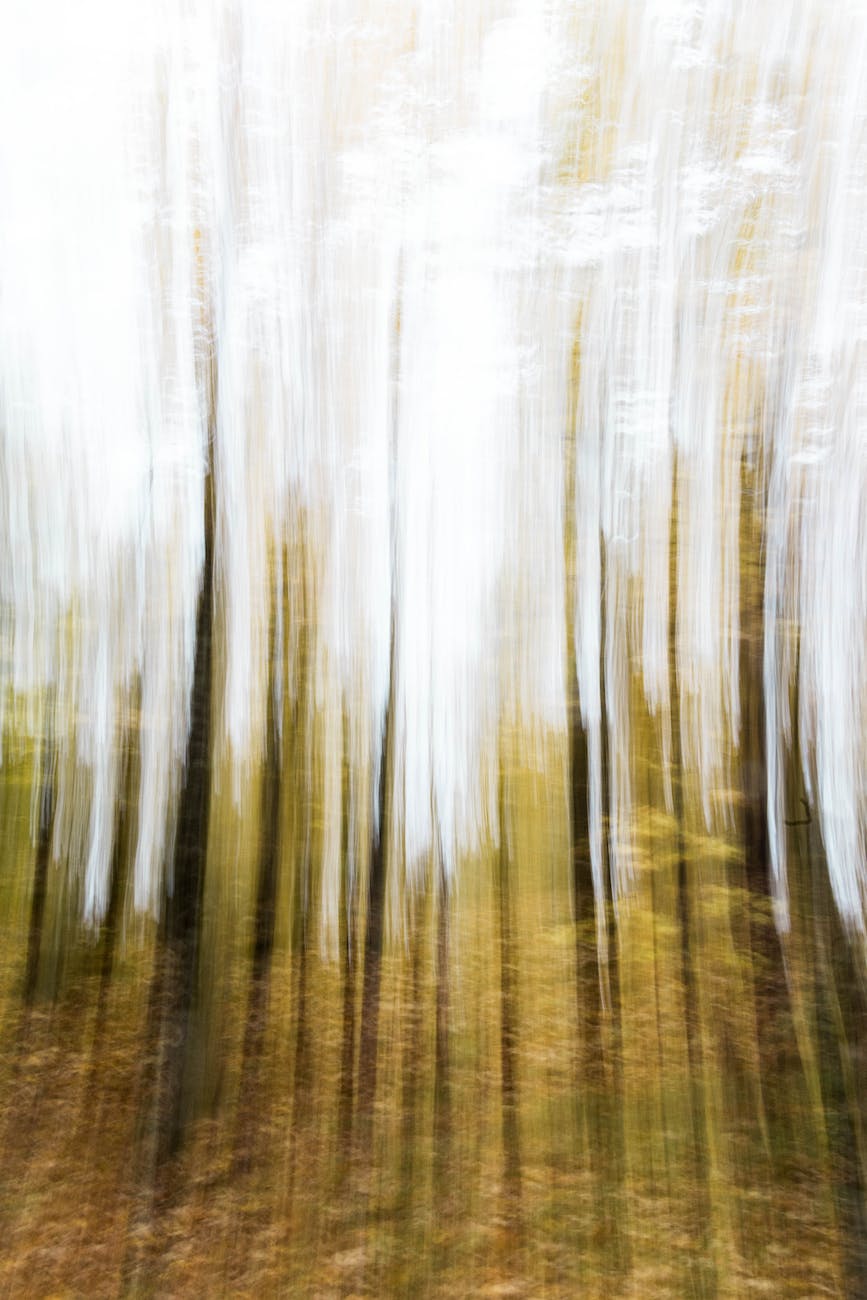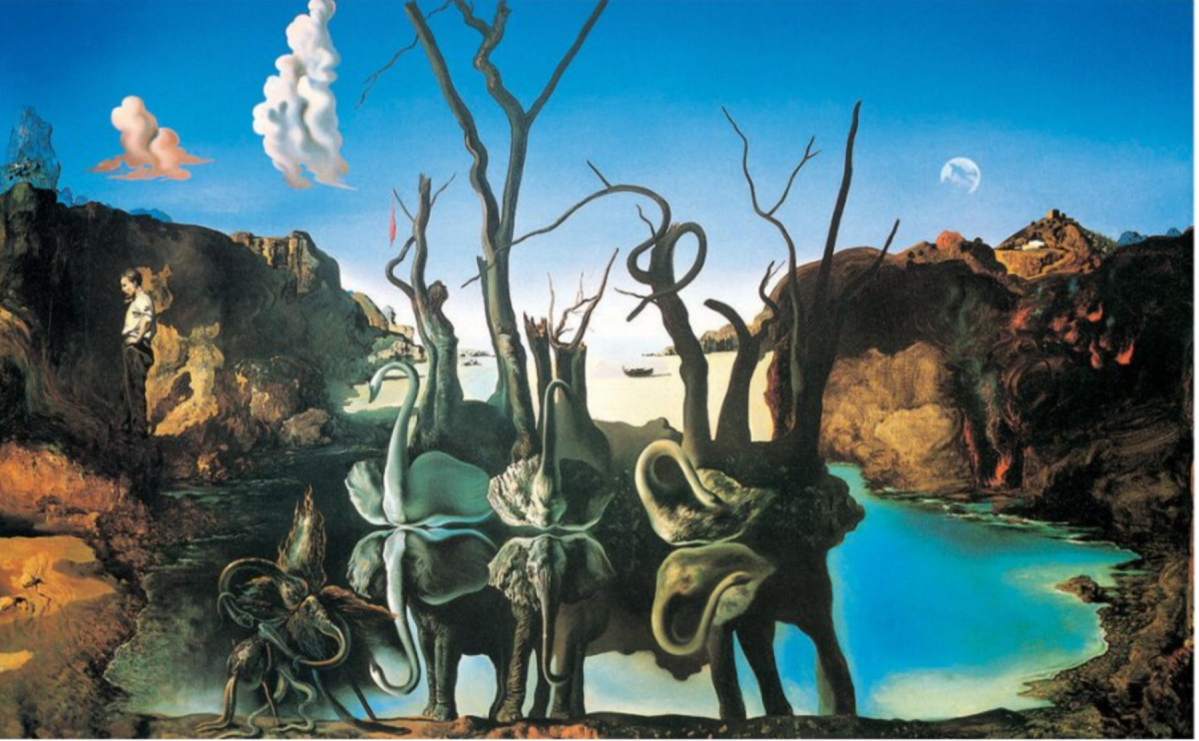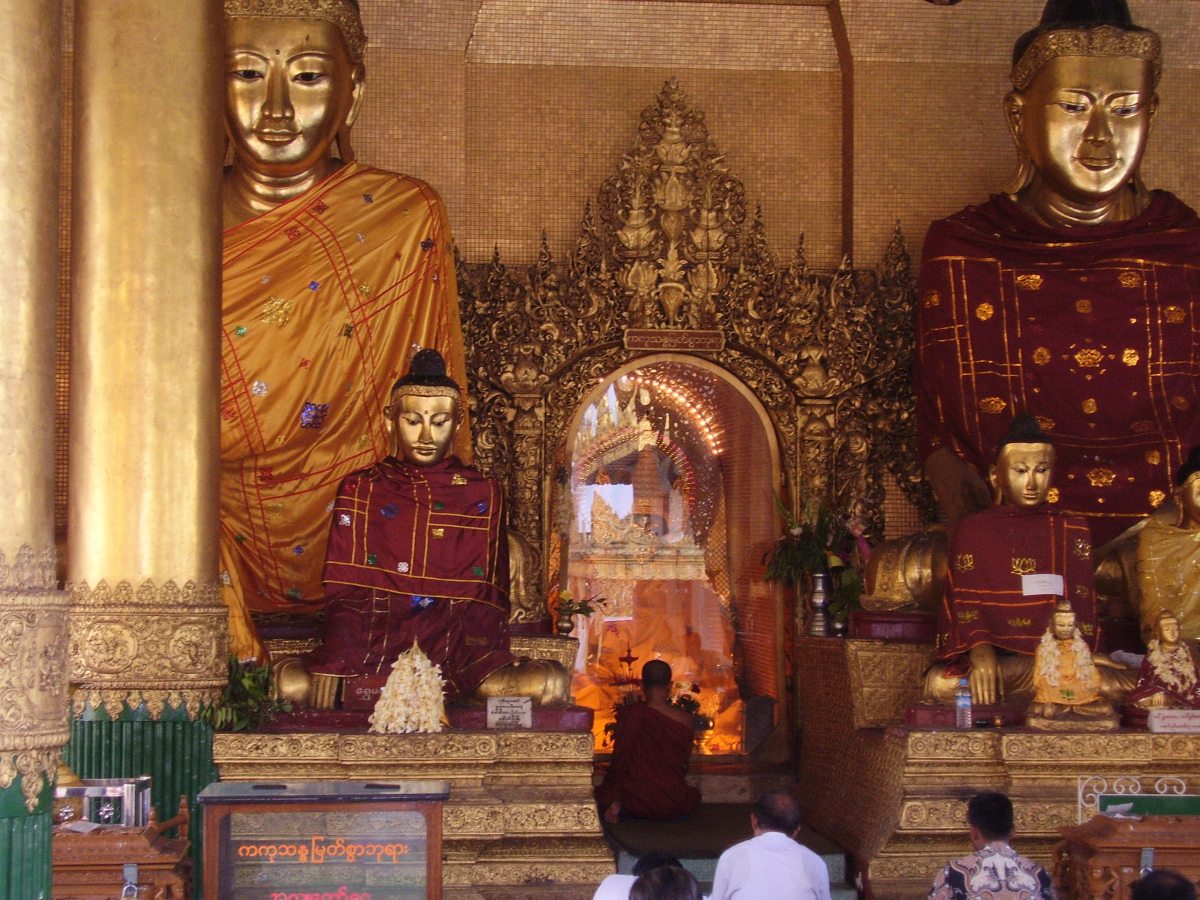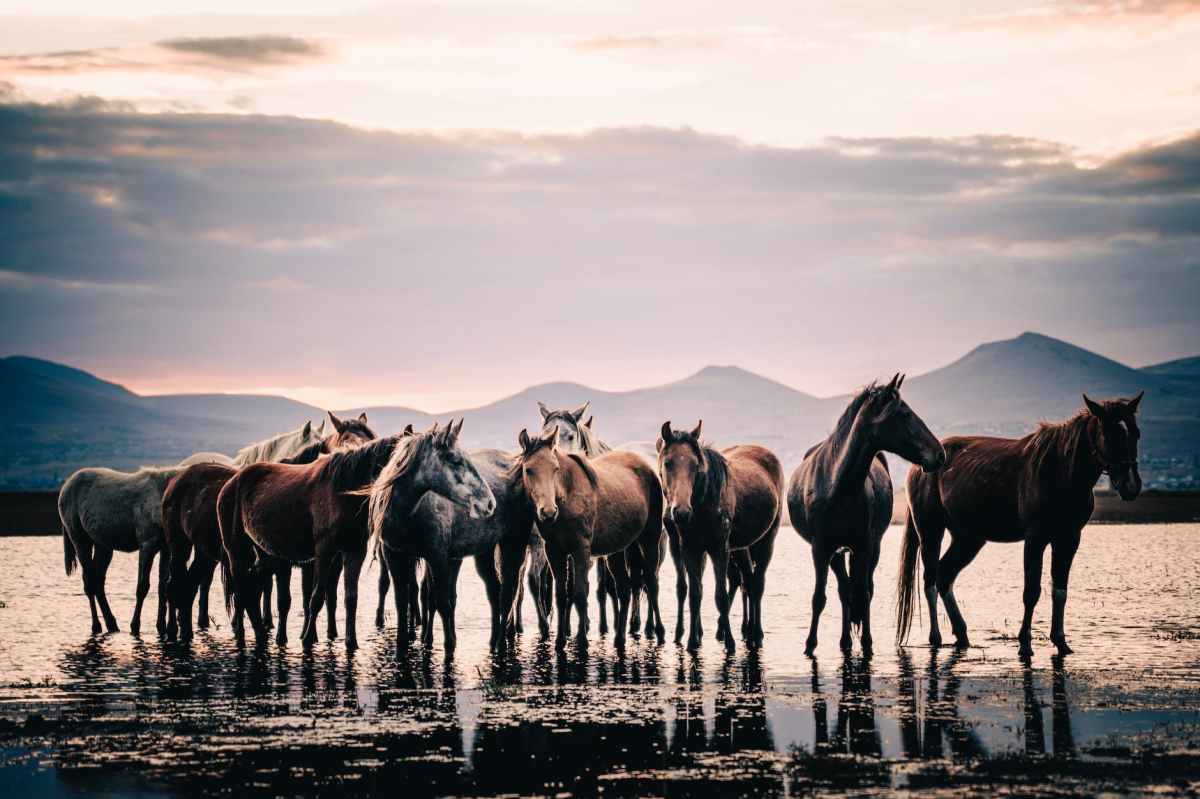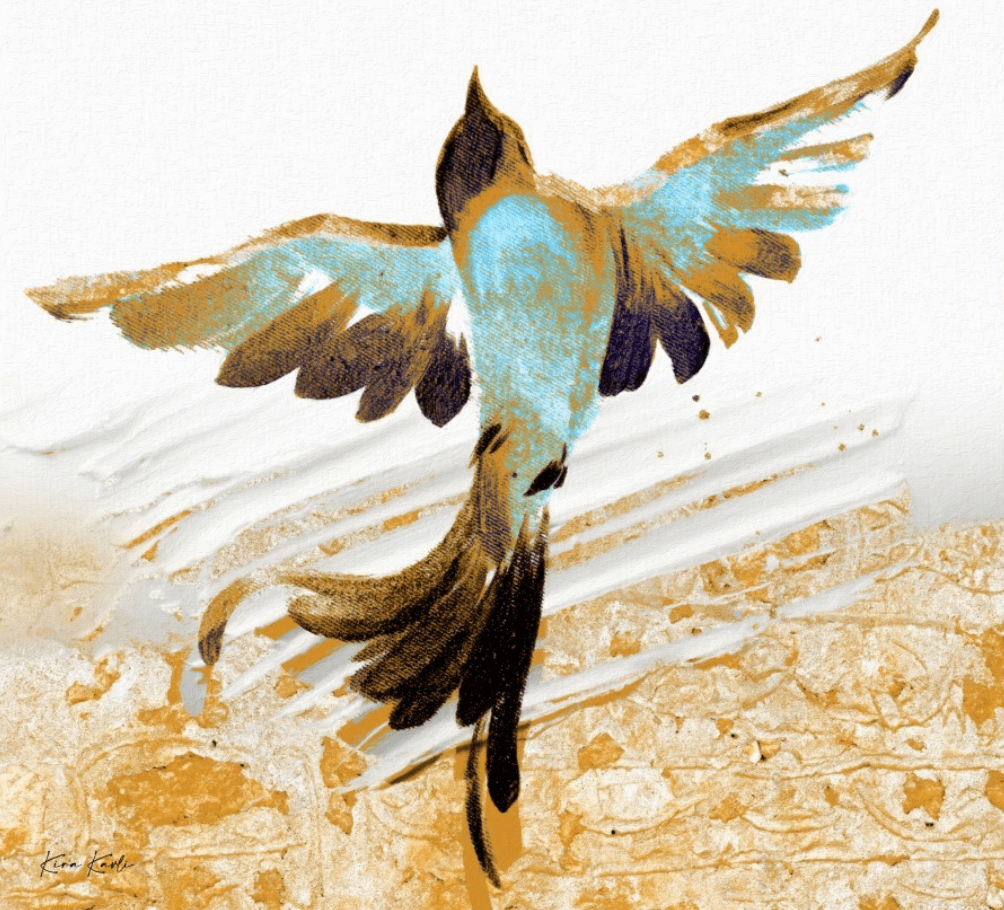I love being in the ocean and particularly when there are decent enough waves that mean you have to either jump over them or dive through them in order to avoid a pummelling. When I get the timing right it’s such a great feeling to jump and be lifted onto the top of the wave. The waves carry you over without effort and you just go with it.
A lot of my recent learnings in practice have seemed to have this flavour and revolve around rolling with the waves or the punches in one way or another.
I’m very familiar with the opposite to this: a sense of ‘self-digging-in’ like an inner putting my foot down because there’s something happening that I don’t like or don’t understand and am resisting. I’ve practised over and again becoming aware of what resistance feels like in the body and mind.
And what I’m noticing recently is that experience arising less frequently.
I’ve been travelling a lot in the past couple of months and travelling is a great way to not have things go the way you want them or expect them to go. Less than 24 hours before I flew to Singapore en route to Australia my flight was cancelled hiking my travel anxiety higher than it already was on my first long haul flight in almost 10 years. Despite the anxiety I found myself rolling with it and 3 hours later I was rebooked via Istanbul instead of Frankfurt but still arriving within 30 minutes of the original flight.
Travelling also meant I was in unfamiliar territory – literally – I didn’t know how to get to the main road from where I was staying, or how to use the tram (not train or bus!), or where I could buy postcards and stamps. Travelling meant I had to remember to take suncream and a hat whenever I went out instead of gloves and thermal underwear. Or more strangely once I got into the Australian bush – a snake ‘kit’ containing a tourniquet and a phone. A certain amount of discombobulation meshed in me alongside the freedom that comes from relaxing into the unknown.
The most emotive reminder of how far I was from home and familiar territory came on the first full day of the second retreat I led. The weather was hot with the promise of a storm. The day was labelled a ‘total fire ban’ day and the danger level described as ‘catastrophic’. Catastrophic is a strong word especially when coupled with the next word I heard – evacuation. Not a choice but a requirement in the terms of our rental agreement. These were more familiar concepts to the retreatants all from different states of Australia but new – and unexpected – to me.
We ended up evacuating without fuss to the Melbourne Buddhist Centre for a day retreat. Though somewhat unnerving I felt calm and just able to do what needed doing. My friend had organized the retreat making sure there were enough car spaces to take us all (though not our luggage) away from any danger. I remember deciding to pack all my teaching notes, not just ones for the day retreat, having to take seriously that although we expected to be back by nightfall we might not be. If a lightening strike from the expected storms coupled with high winds took hold of the dry bush, we might never return. Sitting in meditation together before heading for the city this was a sobering thought.
There is another aspect to this ‘rolling with the punches’ which is more difficult to describe. This is the desire to have what I want or the insecurity I’m used to arising from the fear of not getting what I want – especially in relation to my partner – is diminishing. This is especially visible around time. Time spent together is precious, and even more so now we both have work that takes us away from home a lot. So, something might come up where it looks like he will need to go away just as I arrive back from leading a retreat meaning another stretch of several weeks apart.
And what I’m finding is that although I may well get a spike of the old ‘what about me’ reaction and feel resistance to more separation, again, it doesn’t have a lot of juice. That reaction doesn’t dominate and the stronger feeling is more likely to be a generous one – I want him to benefit from the opportunities his new job brings despite the initial reaction of what it means to me.
This is such a relief and a delight for the mind! Self-referencing and self-interest are tight and contracting for the mind and heart. They are viscerally painful and to see them arise and roll on through is to experience my mind in a new way. Trust and confidence are more familiar guests in my psyche these days as a result.
These feel like welcome benefits to the practice over many years of allowing and accepting whatever arises in experience. Relaxing and opening to what life (or the mind) throws up and having a felt understanding that whatever is happening is enough.
One final story; this week I had to travel to Birmingham for a medical appointment. Because of a landslip on the route, we were in a rail replacement coach rather than on the train. It became clear on the return journey the driver really didn’t know where he was going. I found the thought ‘has he never heard of Google Maps?’ running through my mind. We circled one small village for what seemed like an age before inexplicably heading back towards Birmingham. At one point, at traffic lights, he decided to turn the 12-ton coach around in the narrow road performing a dangerous (multi) 3-point turn, hitting various curbs at regular intervals. He was a terrible driver, and the journey took more than double the time it should have.
And yet rather than the desire to just get home taking over I simply enjoyed the countryside around and the sense of bonding with other passengers over our strange journey. I was OK to be with what was happening despite it being at odds with what ‘should’ be happening.
I’m enjoying the pleasure of the mind that is making fewer demands on the world that it be as I want it to be. And as a result, suffering less – because the mind has begun to understand in a deeper way that the world and everyone in it is never going to be just as I want it.
